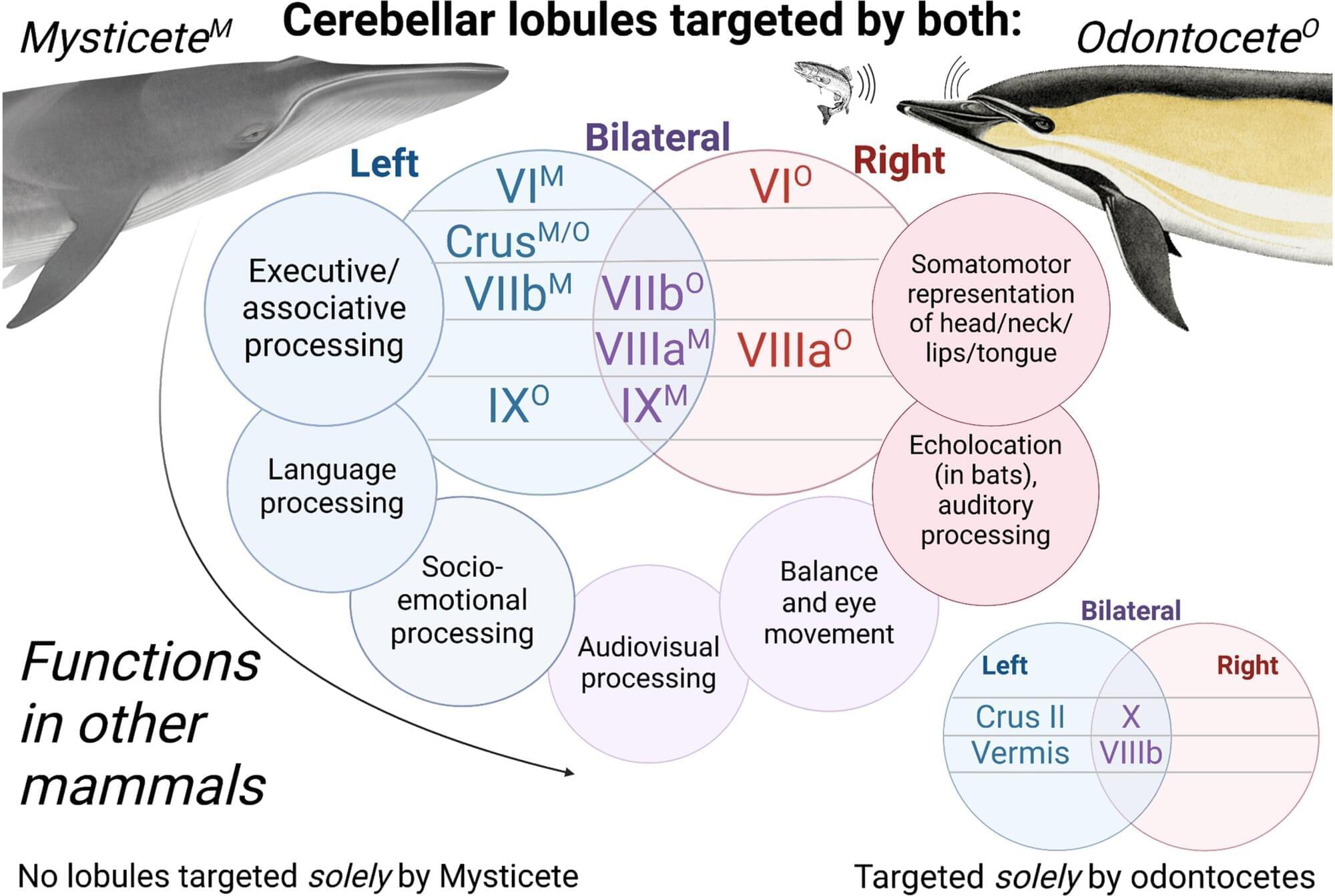Serotonin signaling and gut-immune crosstalk: the microbiome’s role in antitumor immunity.
“…Serotonin transporter inhibits cytotoxic CD8-positive T lymphocyte antitumor immunity by depleting serotonin within the tumor microenvironment…”
“…Serotonin transporter-blocking selective serotonin reuptake inhibitor antidepressants enhance cytotoxic CD8-positive T lymphocyte antitumor immunity and act synergistically with programmed cell death protein 1 immune checkpoint blockade therapy…”
To this end, here…
“…Tumor-infiltrating cytotoxic CD8-positive T lymphocytes were identified as the primary producers and mediators of a local, immunomodulatory serotonin signaling pathway independent of the gastrointestinal tract…”
“…Upon recognition of tumor antigens, tumor-infiltrating cytotoxic CD8-positive T lymphocytes upregulate tryptophan hydroxylase 1, which synthesizes serotonin followed by its release into the tumor microenvironment to enhance T lymphocyte activation via serotonin signaling…”
In short…






